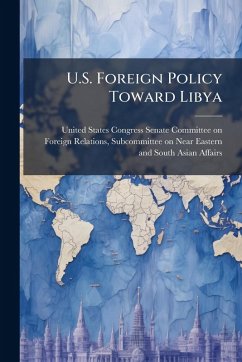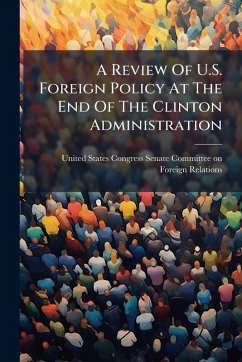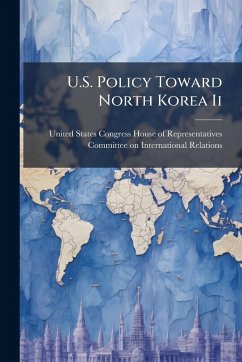
U.S. Forward Deployment Policy

PAYBACK Punkte
8 °P sammeln!
Today, Americans stationed overseas support a defense structure in the North Atlantic Treaty Organization (NATO), Japan, and South Korea built upon past threats. This study hopefully begins a re-evaluation of this forward deployment policy by looking at the history and origins of American participation in the North Atlantic Treaty Organization (NATO). It then compares the original need for forward deployment with today's associated threats, problems and costs. This study finds that while the United States remains a global power with global interests, forward deployed troops may no longer provi...
Today, Americans stationed overseas support a defense structure in the North Atlantic Treaty Organization (NATO), Japan, and South Korea built upon past threats. This study hopefully begins a re-evaluation of this forward deployment policy by looking at the history and origins of American participation in the North Atlantic Treaty Organization (NATO). It then compares the original need for forward deployment with today's associated threats, problems and costs. This study finds that while the United States remains a global power with global interests, forward deployed troops may no longer provide a cost effective means for guarding these worldwide interests. The world threat today may not require a large permanent American presence given the advent of strategic satellite warning, stealth technology, American power projection capabilities, and allied capabilities to defend themselves. This work has been selected by scholars as being culturally important, and is part of the knowledge base of civilization as we know it. This work was reproduced from the original artifact, and remains as true to the original work as possible. Therefore, you will see the original copyright references, library stamps (as most of these works have been housed in our most important libraries around the world), and other notations in the work. This work is in the public domain in the United States of America, and possibly other nations. Within the United States, you may freely copy and distribute this work, as no entity (individual or corporate) has a copyright on the body of the work. As a reproduction of a historical artifact, this work may contain missing or blurred pages, poor pictures, errant marks, etc. Scholars believe, and we concur, that this work is important enough to be preserved, reproduced, and made generally available to the public. We appreciate your support of the preservation process, and thank you for being an important part of keeping this knowledge alive and relevant.












